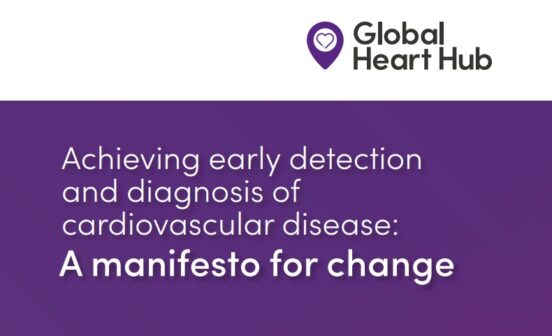DiagnosticPrevention Cardiovascular function is linked to high blood pressure in pregnancy

Pre-eclampsia and foetal growth restriction during pregnancy are associated with increased risk of maternal cardiovascular disease later in life. Pre-eclampsia is diagnosed by high blood pressure in the mother, usually after 24 weeks of pregnancy. The condition affects one in 20 pregnancies and although most cases cause no serious problems, in severe cases the condition can endanger the lives of both mother and child. It is estimated around 1,000 babies die every year because of pre-eclampsia, with most of the deaths due to premature birth. Foetal growth restriction is when a baby’s growth slows or stops before birth, also known as intrauterine growth restriction, and occurs in around 3 in every 100 pregnancies.
Results from a new study demonstrate that pregnant women who develop high blood pressure, or have small babies due to foetal growth restriction, may have hearts that pump less blood. The research team recruited 530 healthy women who were intending to conceive and assessed their heart function and blood circulation. Out of 356 conceived pregnancies, 15 were affected by pre-eclampsia and foetal growth restriction. The results for these 15 women revealed that their hearts pumped 16% less blood per minute than the other women who had healthy pregnancies, and their blood vessels were 17% more resistant to blood flow.
Dr Christoph Lees, Clinical Reader in Obstetrics at Imperial College London and a Principal Investigator in the NIHR Imperial BRC said that “pre-eclampsia and foetal growth restriction can have serious consequences for mother and baby, yet we’re still largely in the dark about their root cause – and how to prevent them. These findings suggest pre-existing issues with the heart and circulation may play a role – and provide an important piece of the jigsaw puzzle.”
This work was published in the journal Hypertension and was funded by the NIHR Imperial BRC, Action Medical Research and the Imperial College Health Charity. The team highlighted that larger research studies with more participants are now required to confirm these initial findings and to allow the recruitment of a broader selection of women.





